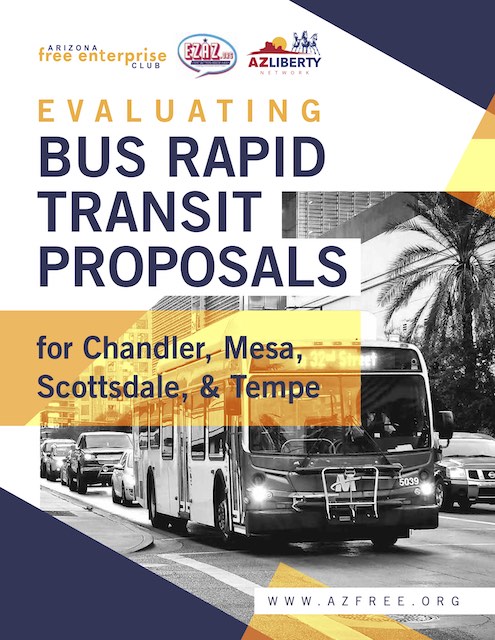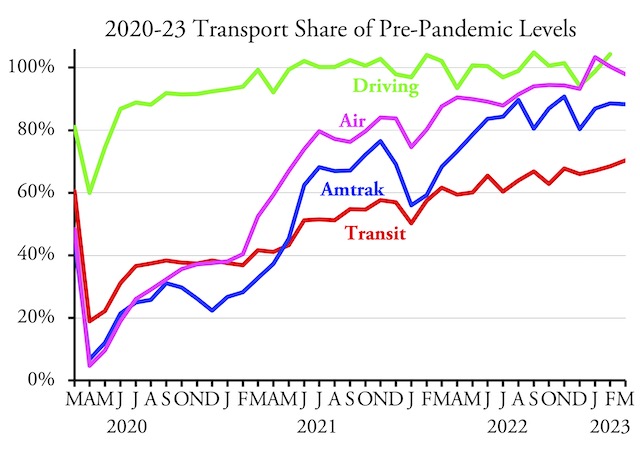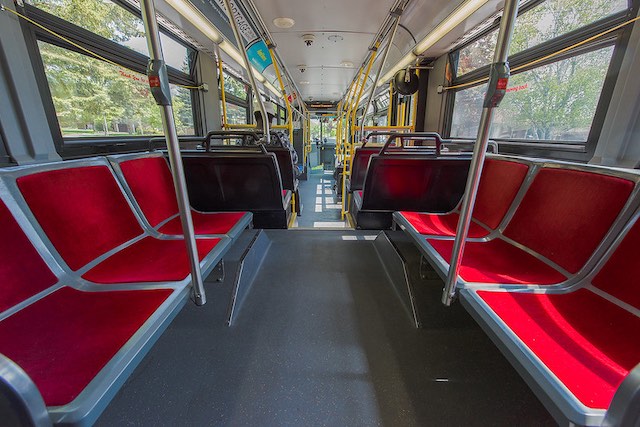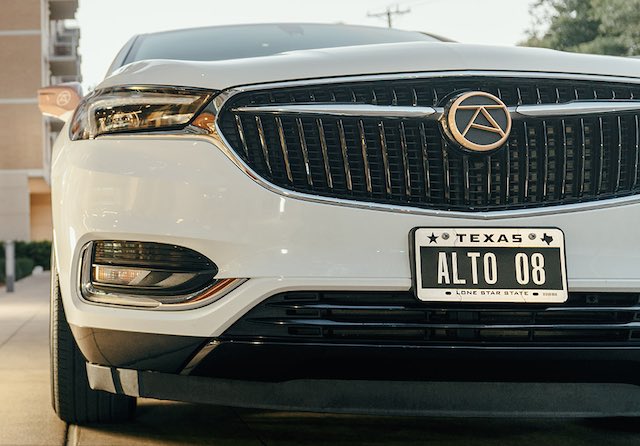To help fund the $1.3 billion that Los Angeles’ city council believes it needs to house the homeless, the city decided to impose a “mansion tax” of 4 percent on the sales of any homes or commercial properties above $5 million and 5.5 percent on sales above $10 million. This was projected to bring in $900 million a year, funding most of the homeless program.
This home is currently on the market in Los Angeles for an asking price of $5.667 million. Many homes of this size are available for under $1 million in Houston and San Antonio and few are asking more than $2 million.
The reality is far different because planners, as usual, failed to take into account how their regulations and taxes would influence human behavior. In the month before the tax went into effect on April 1, 126 homes sold for more than $5 million. In the month since? Just two. Continue reading













